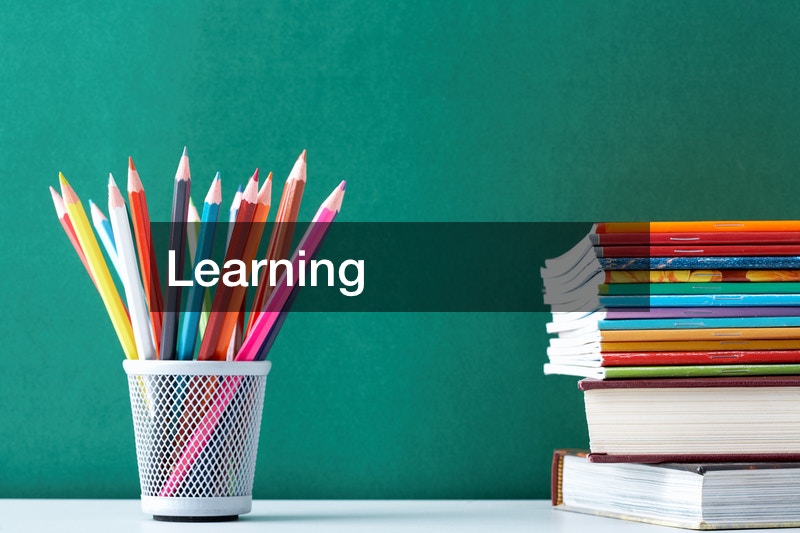Three Major Benefits of Private School Education


If you are interested in a private school for your child, there is a lot to consider. You need to find out which schools are in your area and what each of them is like. Once you find a list of private schools in your area, you can visit the websites of each of them. The best private school websites will tell you a great deal about the school and what it’s like to go to school there. It should also list the tuition rates and talk about the curriculum to give you a better idea about what kind of education they offer.
If you are looking for a middle school near me, you might consider international middle schools or other types that are in your area. If you are looking for junior highs, you can find the best online junior high schools if the online school is an option. Online school is very different from homeschooling. With online schools, there are teachers who teach the material and the schools have their own curriculum. While you might help with homework, you do not have to teach the subjects when your child attends an online school. Many people like this option because the child stays at home.
As a parent, you probably take your child’s education seriously. You have like spent countless hours trying to figure which school would be the right fit, determining where your child would feel most comfortable, and researching how successful students are at each school.
For most families, sending their children off to public schools is a no-brainer, mainly because it is essentially a free education. But for others, private elementary schools are their priority. Even though debates about private versus public schools often feature the fact that private schools are “too expensive,” many of these schools are fairly generous with aid, and offer private school scholarships and private school grants to eligible students.
Here are some of the advantages of private schools.
-
- Student Teacher Ratio. This is perhaps the most obvious benefit of sending your child to a private school. A public school classroom may be filled with at 25 students, regardless of the age group. This usually means that there is one teacher to cater to the needs of all 25 students — not an easy feat by any means. In a private school, there are usually no more than 15 or 16 students in a classroom, and some of them have less than 10. This gives teachers a chance to allocate more time to help students who may be struggling, and also allows students to spend more time learning the material.
- School Choice. One of the other main advantages of private schools is that you actually have a choice of where you want to send your child. Public schools divide up the student population based on where they live, and these students must attend that particular school. So, if you are not happy with the public school in your area, you may have no choice but to send your child there. With private schools, you can pick the one that you feel best suits your child’s needs.
- The Arts. In recent years, public schools have reportedly been cutting funding for the arts in order to accommodate more students per classroom. Instead of looking at the arts as an integral part of learning, it is viewed as a budgetary vampire. In private schools, since the curriculum is created independent of national standards, educators are free to utilize the arts to enhance the curriculum, and produce more well-rounded students.
These are only a few of the many advantages of private schools, but they are fairly significant ones. It will be up to you to decide what’s right for you child, but private schools make a strong case for themselves. For more information see this.
